Alongside state-funded arts and cultural institutions to develop the Singaporean art scene, collectors Daniel and Rachel Teo decided to take up the rare job of creating an independent, collector-led platform for both the public and the private sphere to exchange ideas across cultures, educational initiatives, artistic and curatorial collaborations. Therefore, they set up The Private Museum (TPM) Singapore in 2010 in the heart of the Bras Basah district. They hope to develop an art ecosystem through the programmes at TPM, which has become a very active and significant private museum in Singapore. In January this year, the opening of exhibition “Emerging: Collecting Singapore Contemporary, Selections from the DUO Collection” at TPM Singapore was part of the VIP programs at one of our partners, S.E.A. in Singapore.
Daniel Teo explained to LARRY’S LIST why they chose Daniel Teo’s alma mater Catholic High School for setting up the museum, how the museum will be celebrating its 10thanniversary this year, the growing collection at TPM donated by collectors and artists, as well as their vision for the museum in the upcoming five years.

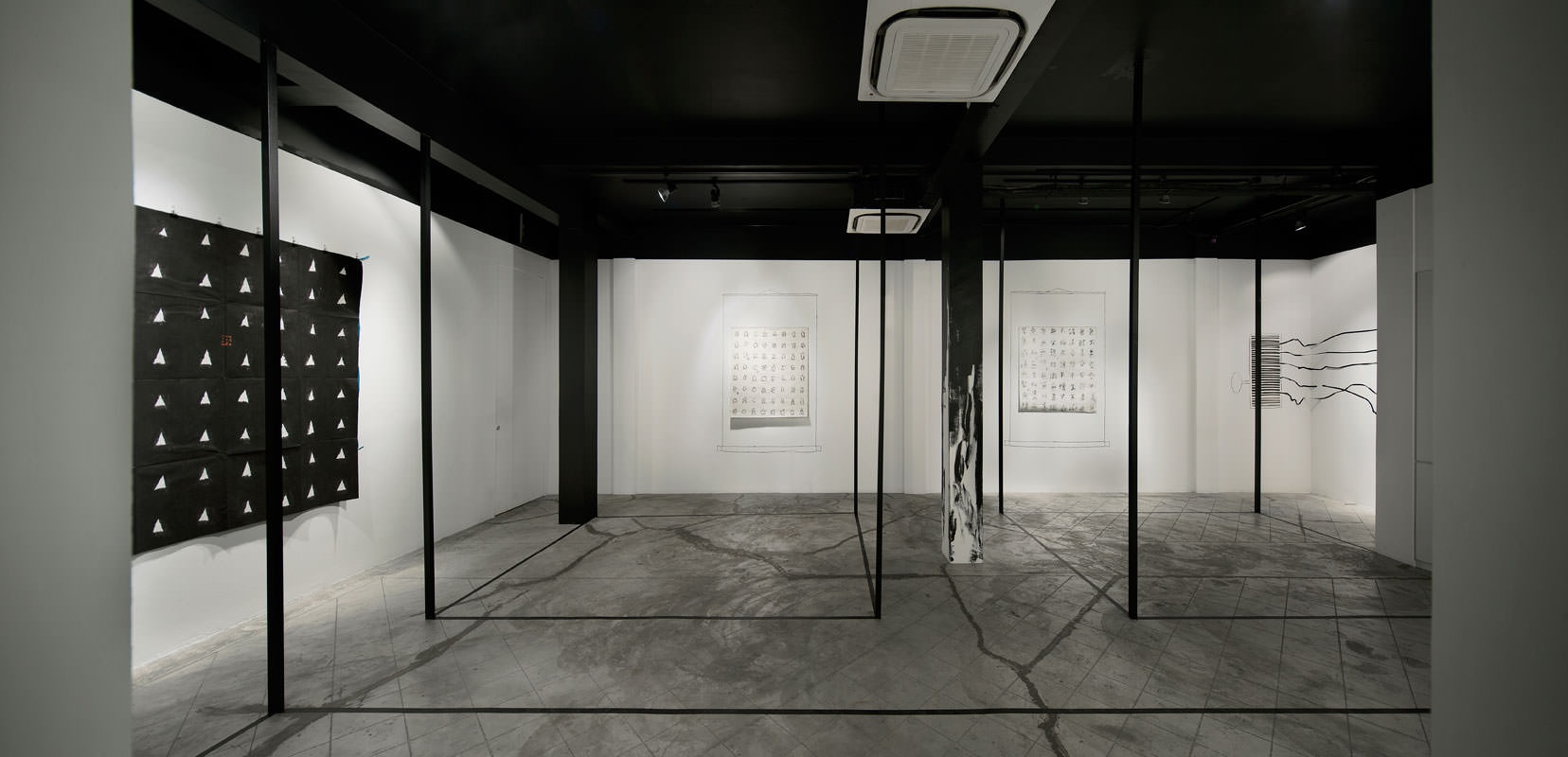
Background
What is your motivation behind opening a museum?
It started with a conversation amongst like-minded collectors in Singapore. We wanted to set up a space to encourage other collectors to share their treasured collection with the public. Interestingly, for these collectors we have worked with, it is the first time that they are able to engage with and be part of the curatorial process in a museum exhibition.
Why is it important for you to share your collection with a wider public?
Unlike traditional private museums, TPM is not about the founders’ collections. It is about creating an ecosystem spearheaded by art collectors in order to promote art appreciation in wider audiences and create new conversations about life and art. Since the founding of our museum in 2010, we have successfully held over 50 collector, artist, and guest curator exhibitions.
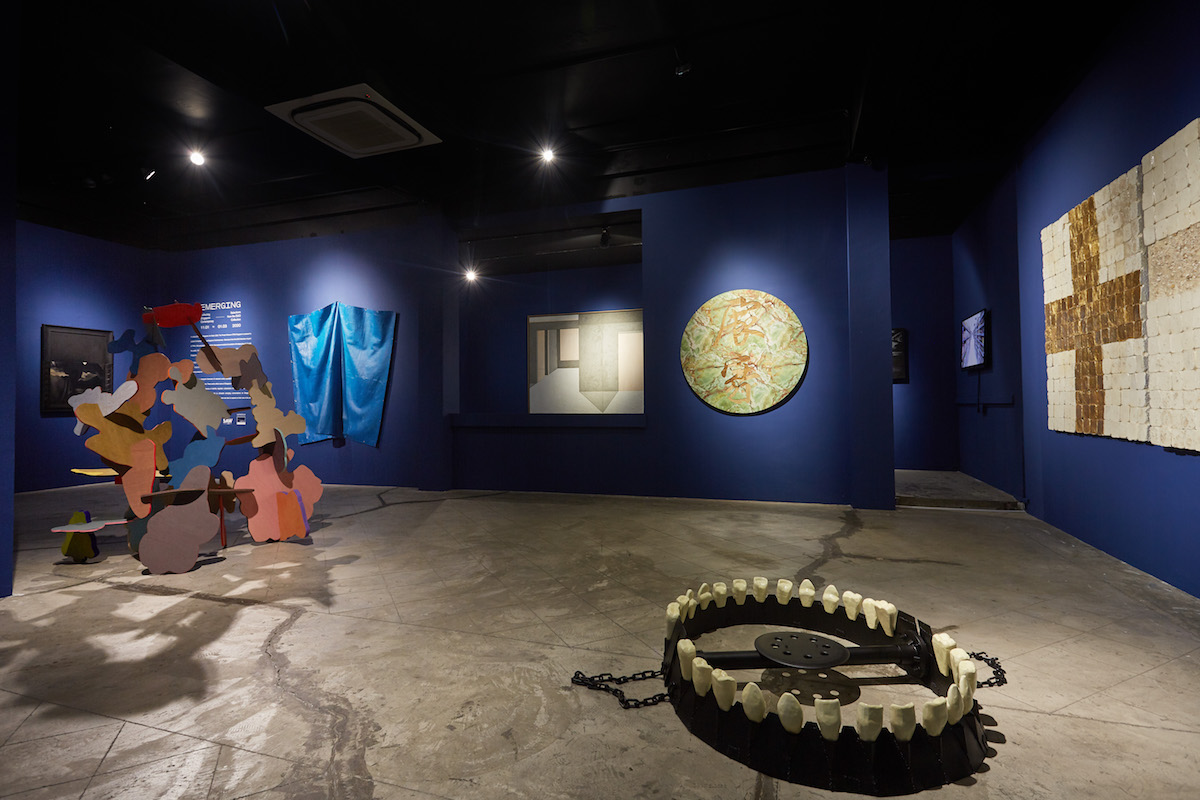
Why did you choose this location for opening the museum there?
The colonial building at 51 Waterloo Street/222 Queen Street is where the old Catholic High School used to be. It is my [Daniel Teo’s] alma mater, and holds many fond memories for me. As such, we wanted to conserve the building and develop it into an arts and heritage space. Today, it is an arts centre located in the heart of the Bras Basah. Bugis Precinct, a thriving cultural district in Singapore’s civic centre. If you walk by, you can find not only TPM but an offering of music, dance, and fitness spaces. You can also enjoy a series of heritage murals by local artists Yip Yew Chong and Yuen Kum Cheong painted on the walls and doors of the old school.
What is the mission of the museum? What are the ways to achieve this mission?
Our mission is to serve as an independent platform led by art collectors in bridging the gap between public and private spheres through the exchange of ideas across cultures, educational initiatives, artistic and curatorial collaborations. We pride ourselves with coming up with strong and exciting programmes to generate greater public and private interests; by creating high-quality exhibitions which will garner the support of art collectors in Singapore and the region. On top of that, as a private museum, we can give artists the opportunity to push boundaries, where they will have greater liberty in their artistic approaches, ideas, and aesthetics. We also work with guest curators, writers, and performing artists as we believe strongly in creating and building an art ecosystem in Singapore.
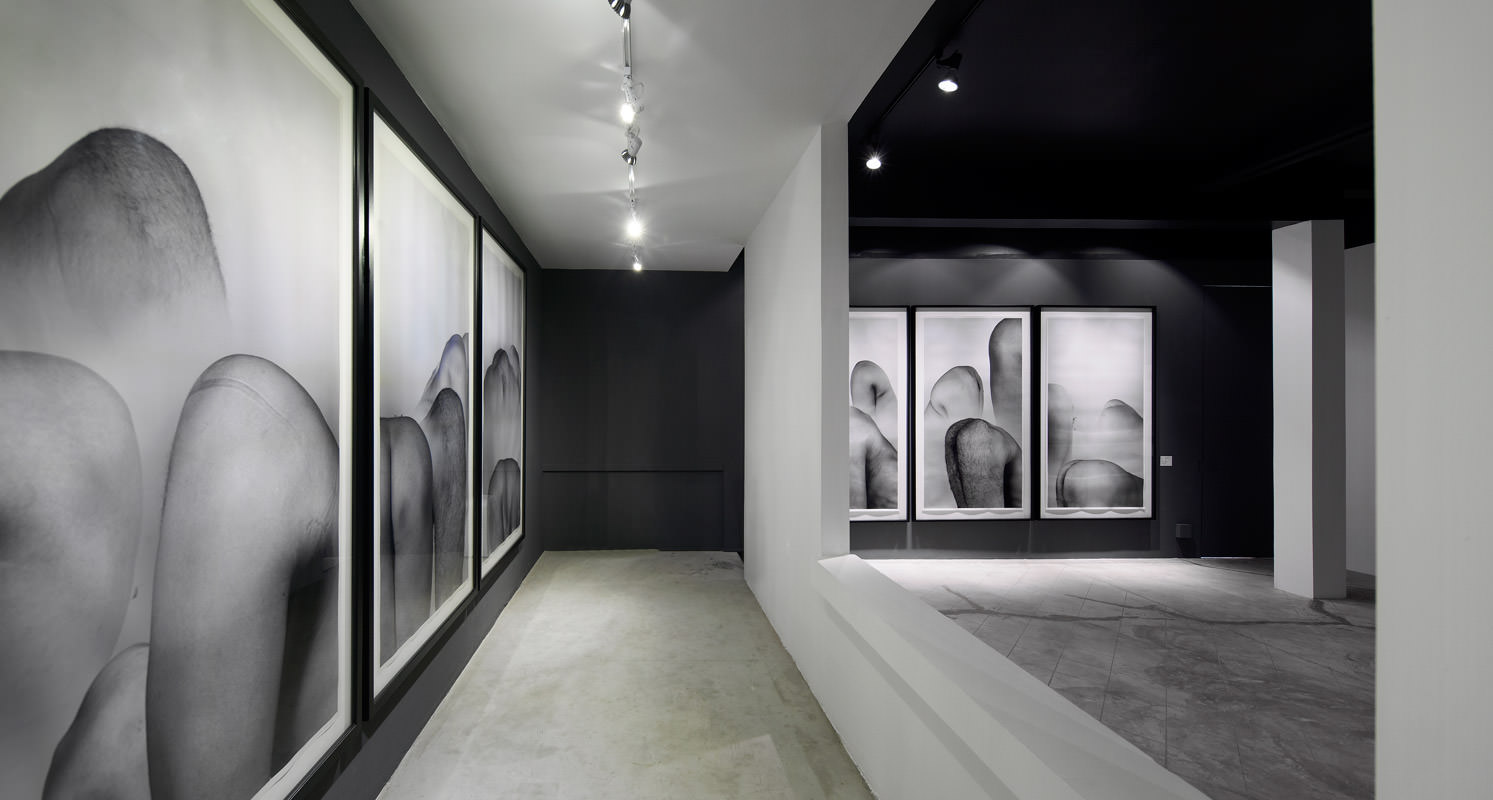
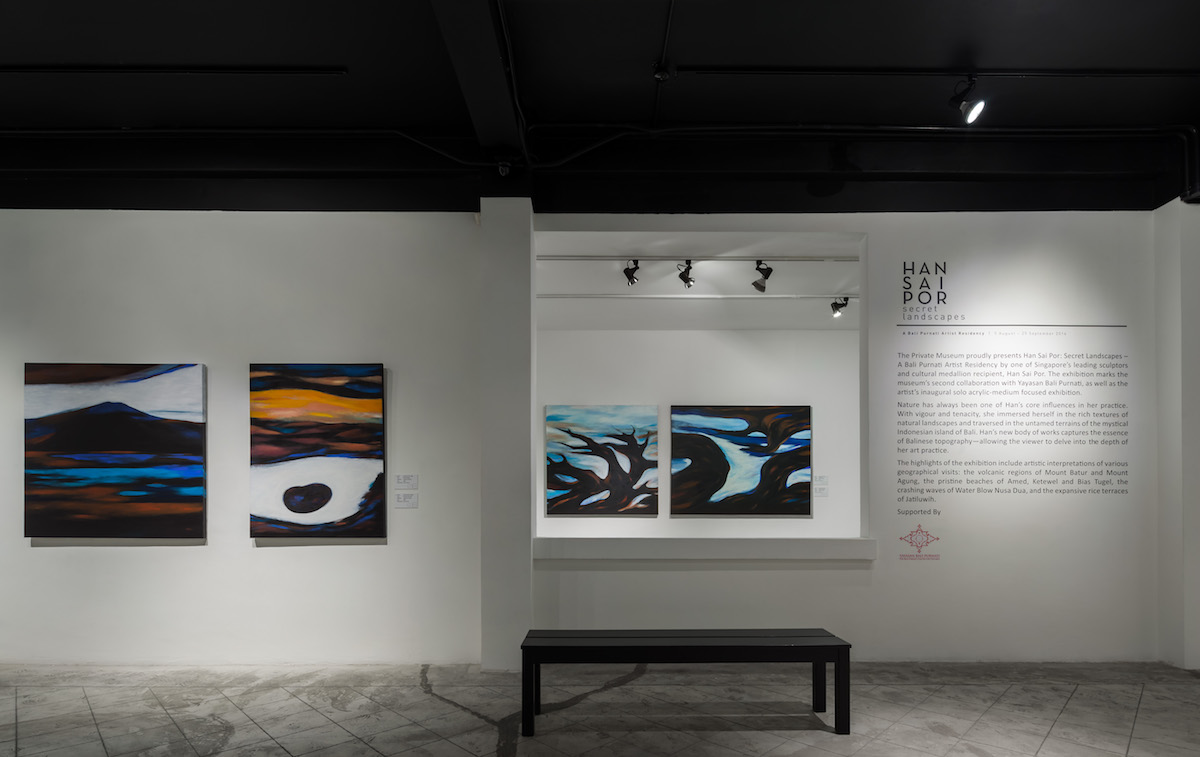
The collection
How many artworks do you own? What is the proportion between the part of collection shown in museum and the part kept at home or other private spaces?
I would probably say, about 5% kept in the office, 5% at home and 90% in Storage.

What are the criteria to decide what from your collection to show in the museum?
We leave this in the good hands of our team at TPM. Past shows had one focused on renowned Singaporean artist Mr Lim Tze Peng, another show displayed the collection of my wife Mdm Goh Soo Khim, which featured a collection of ink artists. We are looking forward to a show where we will display a combination of the family’s collection.

Do your private collection and the collection in the museum have different focuses, regarding the artists or genre of art?
TPM has a growing collection of artworks that have been donated by collectors and artists. The collection comprises modern and contemporary artworks by local, regional and international artists.

The programming
How much do you involve in the programming as well as the curating of exhibitions in the museum?
We are very involved with all aspects of the museum, including programming. However, we trust the team at TPM with the curating of our shows.
How is the relationship between you and the curators of the museum?
We have a young and dynamic team that work in close proximity regarding the many facets of museum management and the making of exhibitions.
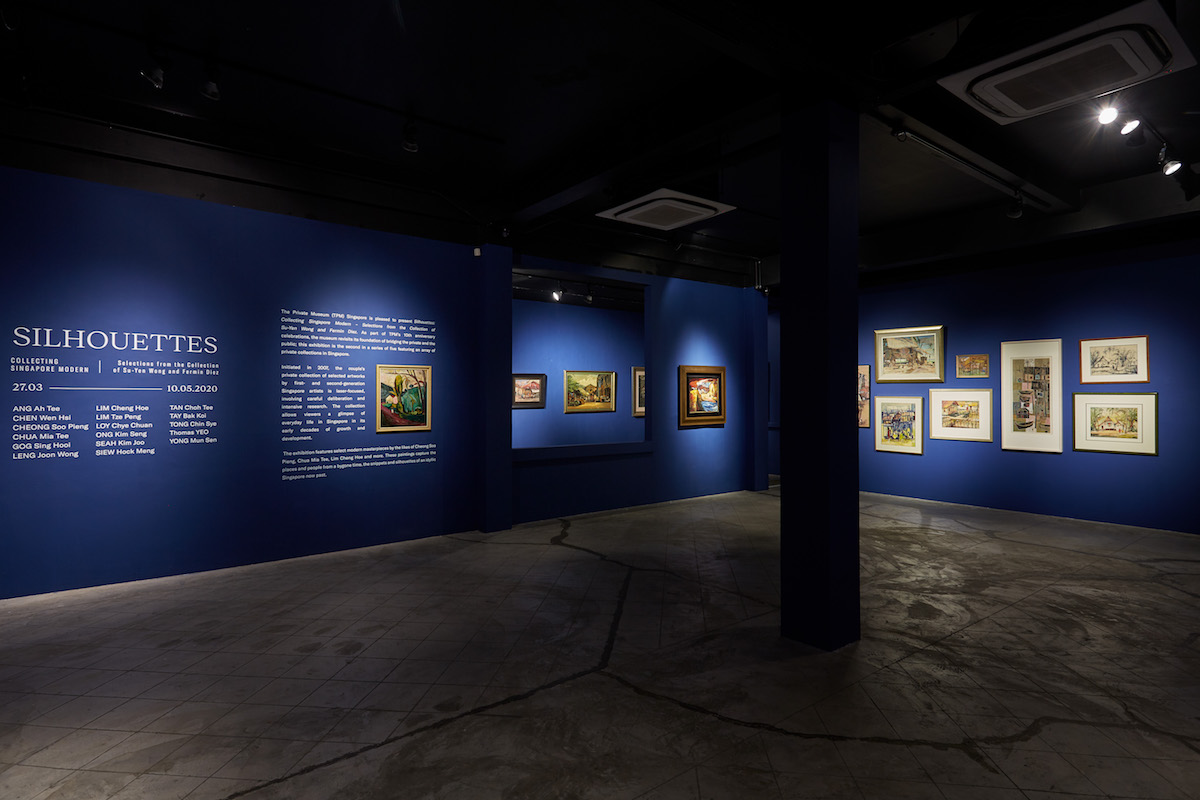
How is the programming in 2020? What are the special upcoming programs that we definitely should not miss out?
2020 is a special year for us as we are celebrating our 10thyear anniversary. As part of our celebrations, the museum is revisiting its foundation of bridging the private and the public, and we have a series of collector exhibitions lined up for the year. Our upcoming exhibition is in collaboration with the German ambassador to Singapore Dr Ulrich Sante, which is an exciting development!

TPM’s five-year plan
What was your happiest moment since your private museum/foundation has been set up?
One of our favorite and happiest memories was bringing together the artist Khoo Sui Hoe and his long-time patron Datuk Seri Lim Chong Keat to the museum, featuring the very important work “Children under the Sun” which is now in the national collection procured by the National Gallery Singapore!
How does your museum interact with the local art scene in Singapore as well as the Southeast Asian regional art scene?
We are first and foremost a collector-led space. This is rather rare in Singapore, where there aren’t many private art museums, and the scene is hugely steered by state-funded arts and cultural institutions. Our response as a private arts space is to carve out independent narratives in the contemporary and modern art exhibitions that we programme. This is also what sets us apart from the various state-funded museums.
What are on your wish list of 2020 regarding your museum?
We hope that the museum can resume operations soon, and that the COVID-19 situation will take a turn for the better. This year has been one of unprecedented changes and has also been difficult for everyone, if not most. We hope that the museum can continue conversations with artists, collectors, and the general public not only about art, but also about issues that are important to them.

What do you think are the key elements that determine the success of a private museum?
Having a strong vision and mission, passionate patronage, and trust between our stakeholders, including our patrons, our partners, the arts community, and the general public.
What are your visions for the museum in the next five and ten years respectively?
Expansion is a key vision in our 5-year plan, and finding a stand-alone space will help sharpen our identity as an active and significant private museum in Singapore. We hope that through our collector platform, we are able to get more collectors to share their passion and love for the arts with the public through their collections.
Our broader vision is to be a leading, dynamic private museum in Southeast Asia and a national model in Singapore that engages, inspires and builds communities through art.
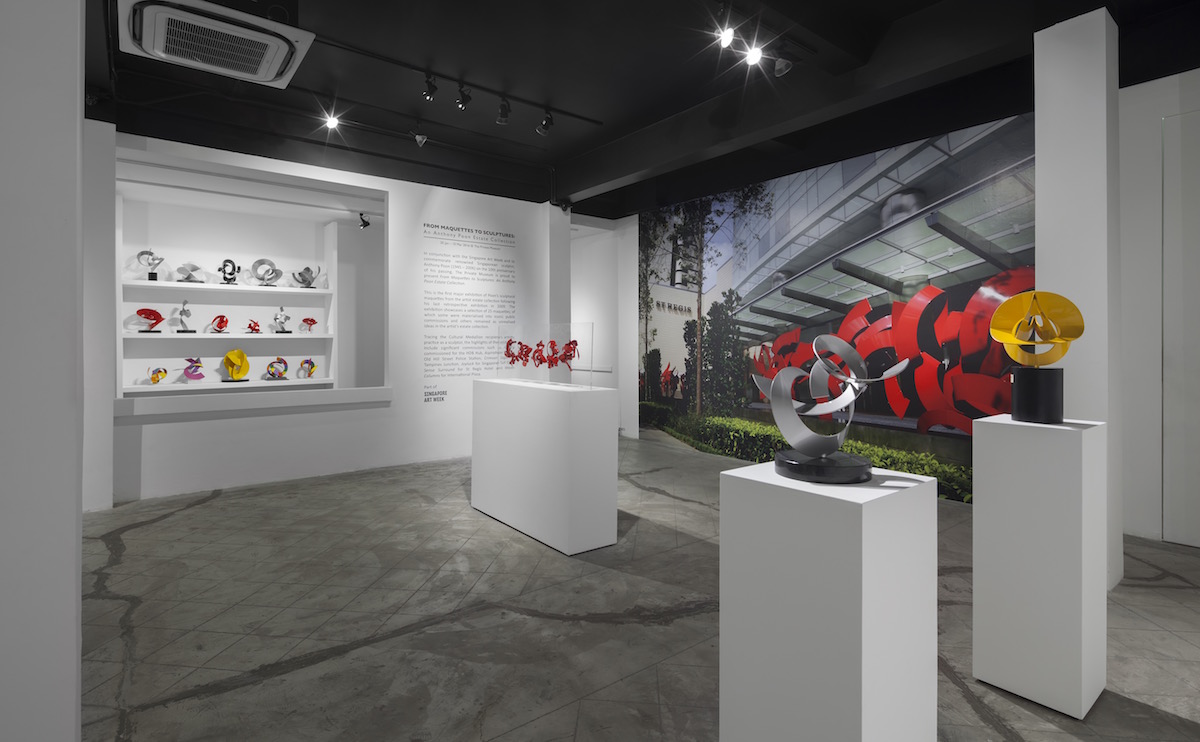
Related: The Private Museum
Instagram:
By Ricko Leung





